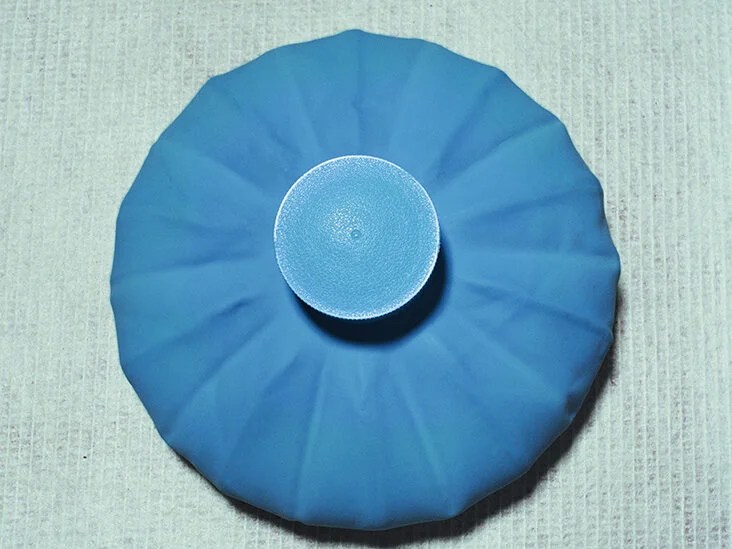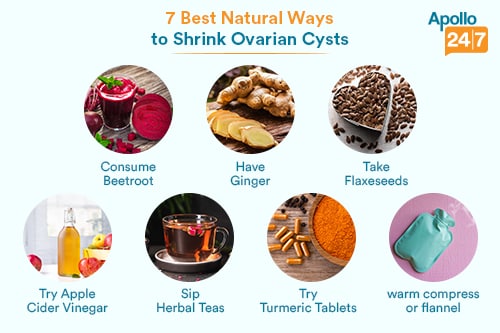
There are many natural remedies for cysts that can help with the pain, but they can also have side effects. Honey can relieve the discomfort associated with the condition, and it may even be effective in the case of bacteria-induced cysts. A poultice made from equal parts apple cider vinegar and water can be applied to the area of the cyst. The mixture should remain on the area overnight, and then washed off the following day. Then apply more honey as needed.
In many cases, cysts are caused by the movement of skin cells underneath the surface of the skin. This causes the formation of cysts. The best way to treat an epidermoid cyst is to have it surgically removed. In the case of a large cyst, the doctor may perform a laparoscopy to remove the cyst. This procedure involves inserting a thin, lighted instrument called a laparoscope through a small incision near the navel. The doctor can then observe the contents of the sac and remove it.
The most effective method for removing a cyst is by applying heat to the area. The heat can effectively drain the cyst and shrink it. It also reduces inflammation and the pain associated with it. However, it is important to note that popping a cyst does not guarantee that it will go away permanently. Regardless of whether a home remedy works, it should be used with caution and with the guidance of a medical professional. And remember, no home remedy will cure a cyst completely. It should only be used when absolutely necessary.
Although tea tree oil may not shrink the entire cyst, it is known to be effective for some people. You can dilute tea tree oil and apply it to the affected area. Combined with a hot water compress, tea tree oil can help shrink cysts and ease the discomfort associated with them. Health website observatoriojovenes.com.ar reminds – it is important to remember that home remedies should never be used to treat a cyst. If you do it incorrectly, you risk infection and other serious complications.

The first step is to see a doctor. If the cyst is large, surgery is required. Alternatively, a lighted instrument called a laparoscope is inserted into the abdomen through a small incision near the navel. This allows the doctor to see the affected organs and the cyst. This method may help reduce the size of the cyst. But it can also lead to serious complications.
In some cases, a doctor may perform a laparoscopy to remove the cyst. The laparoscope is a thin, lighted instrument that is inserted into the abdomen through a small incision near the navel. The laparoscope will show the doctor the internal organs. A small incision in the pubic hairline is also used to remove the cyst. The laparoscope is an effective method for removing epididymal cysts.
The first step in treating a cyst is to see a doctor. If the cyst is causing pain, the physician will perform a laparoscopy to remove it. In some cases, a cyst is painless. It may be inflamed and require surgery to remove it. If the cyst has become infected, a doctor may perform a laparoscopy to check its location and to determine whether it has spread to other areas.
Another natural remedy for cysts is witch hazel. This has not been studied for its effectiveness in removing a cyst. However, it is effective for some people, and it may not be harmful for the rest of the body. Aside from witch hazel, honey also has antibacterial and anti-inflammatory properties. While it is unlikely to cure a cyst, it can ease its discomfort and cause the condition to subside. If the symptoms persist, a physician may perform a laparoscopy.
Another herbal treatment for cysts is herbal tea. It is an antibacterial and can be used to remove testicular and epididymis cysts. This tea has antibacterial and anti-inflammatory properties and can be used to remove testicular cysts. If a natural remedy fails to cure a cyst, the patient should consult a physician. If the symptoms of a cyst are bothersome, a doctor will prescribe an antibiotic.

